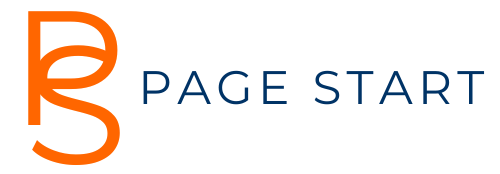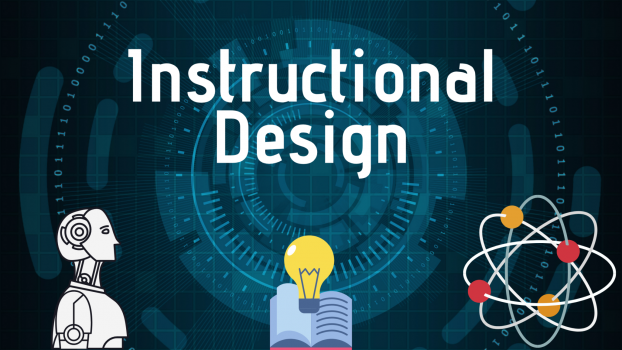In today’s rapidly evolving business landscape, companies are constantly searching for ways to stay ahead of the curve. One of the most effective strategies is investing in employee development and training. But creating impactful training programs isn’t as simple as it might seem. This is where instructional designers come into play. These professionals are experts in crafting educational experiences that are not only effective but also engaging. Hiring instructional designers can be a game-changer for your business, transforming the way you train employees and ultimately boosting your company’s success.
The Expertise Behind Instructional Design

Instructional designers bring a unique blend of skills and knowledge to the table. They understand how people learn and can design training programs that cater to various learning styles and preferences. When hiring instructional designers, you’re tapping into a wealth of expertise that ensures your training programs are not just informative but also compelling and relevant.
These professionals are skilled at analyzing the needs of your organization and developing training that aligns with your business goals. Whether you need to onboard new employees, upskill your current workforce, or roll out new processes, instructional designers can create programs that effectively address these needs. They don’t just focus on content delivery; they consider the entire learning experience, ensuring that it is interactive, practical, and applicable to the real world.
Customization That Matters
One of the biggest advantages of working with instructional designers is the ability to create customized training programs. Off-the-shelf training solutions might work in some cases, but they often fall short when it comes to addressing the specific needs and challenges of your business. Instructional designers can tailor training content to your industry, company culture, and unique business goals, making the learning experience more relevant and impactful for your employees.
Customized training is not just about tweaking content; it’s about designing a learning experience that resonates with your employees. This could involve incorporating real-world scenarios, interactive elements, and assessments that reflect the actual challenges your employees face on the job. By doing so, instructional designers ensure that your training programs are not only informative but also engaging and memorable.
Moreover, customized training can be delivered in various formats, whether through e-learning modules, workshops, or blended learning approaches. Instructional designers have the flexibility to choose the best delivery method based on the needs of your workforce, ensuring that the training is accessible and effective.
Enhancing Employee Engagement

Employee engagement is a critical factor in the success of any training program. If employees are not engaged, they are less likely to retain information and apply what they’ve learned on the job. Instructional designers know how to create training that captures attention and keeps learners motivated throughout the process.
Engagement in training is about more than just keeping employees entertained. It involves creating content that is relevant, interactive, and challenging enough to stimulate critical thinking. Instructional designers use a variety of techniques to boost engagement, such as incorporating multimedia elements, interactive exercises, and real-life case studies. These strategies not only make the learning experience more enjoyable but also help reinforce key concepts and encourage active participation.
Another aspect of engagement is ensuring that training is accessible to all employees, regardless of their learning style or background. Instructional designers are adept at creating content that caters to diverse audiences, using techniques like adaptive learning and personalized learning paths to meet the needs of individual learners. This approach ensures that every employee can engage with the material in a way that suits them best, leading to better outcomes and higher retention rates.
Measuring Training Effectiveness
One of the challenges of training programs is measuring their effectiveness. It’s not enough to simply deliver content; you need to know whether it’s making a difference in your employees’ performance and, ultimately, your business’s bottom line. Instructional designers bring a data-driven approach to training, using metrics and assessments to evaluate the impact of their programs.
Instructional designers develop training programs with clear objectives in mind, which allows for the creation of assessments that measure whether those objectives have been met. These assessments can take various forms, from quizzes and tests to practical, on-the-job evaluations. The data collected from these assessments provides valuable insights into how well employees are absorbing and applying the training content.
In addition to assessing individual performance, instructional designers can help you measure the overall impact of training on your organization. This might involve analyzing metrics like productivity, employee satisfaction, and retention rates before and after training implementation. By doing so, instructional designers can demonstrate the return on investment (ROI) of your training programs, providing you with the evidence you need to justify further investment in employee development.
Adapting to Changing Needs

In today’s fast-paced business environment, the ability to adapt is crucial. Instructional designers are skilled at creating training programs that can evolve with your business. As your company grows and changes, your training needs will inevitably shift. Instructional designers can help you stay ahead of the curve by continuously updating and refining your training programs to reflect new goals, technologies, and industry trends.
This adaptability is particularly important in industries that are subject to frequent changes, such as technology, healthcare, and finance. Instructional designers can quickly revise training content to ensure that your employees are always equipped with the latest knowledge and skills. This not only keeps your workforce competitive but also helps you maintain compliance with industry regulations and standards.
Furthermore, instructional designers can help you scale your training programs as your business expands. Whether you’re opening new offices, launching new products, or entering new markets, instructional designers can create training solutions that support your growth and ensure that your employees are prepared for the challenges ahead.
Saving Time and Resources
Creating effective training programs in-house can be a time-consuming and resource-intensive process. Without the expertise of an instructional designer, you might find yourself struggling to develop content that meets your business goals and engages your employees. By hiring instructional designers, you can save valuable time and resources, allowing your team to focus on other important tasks.

